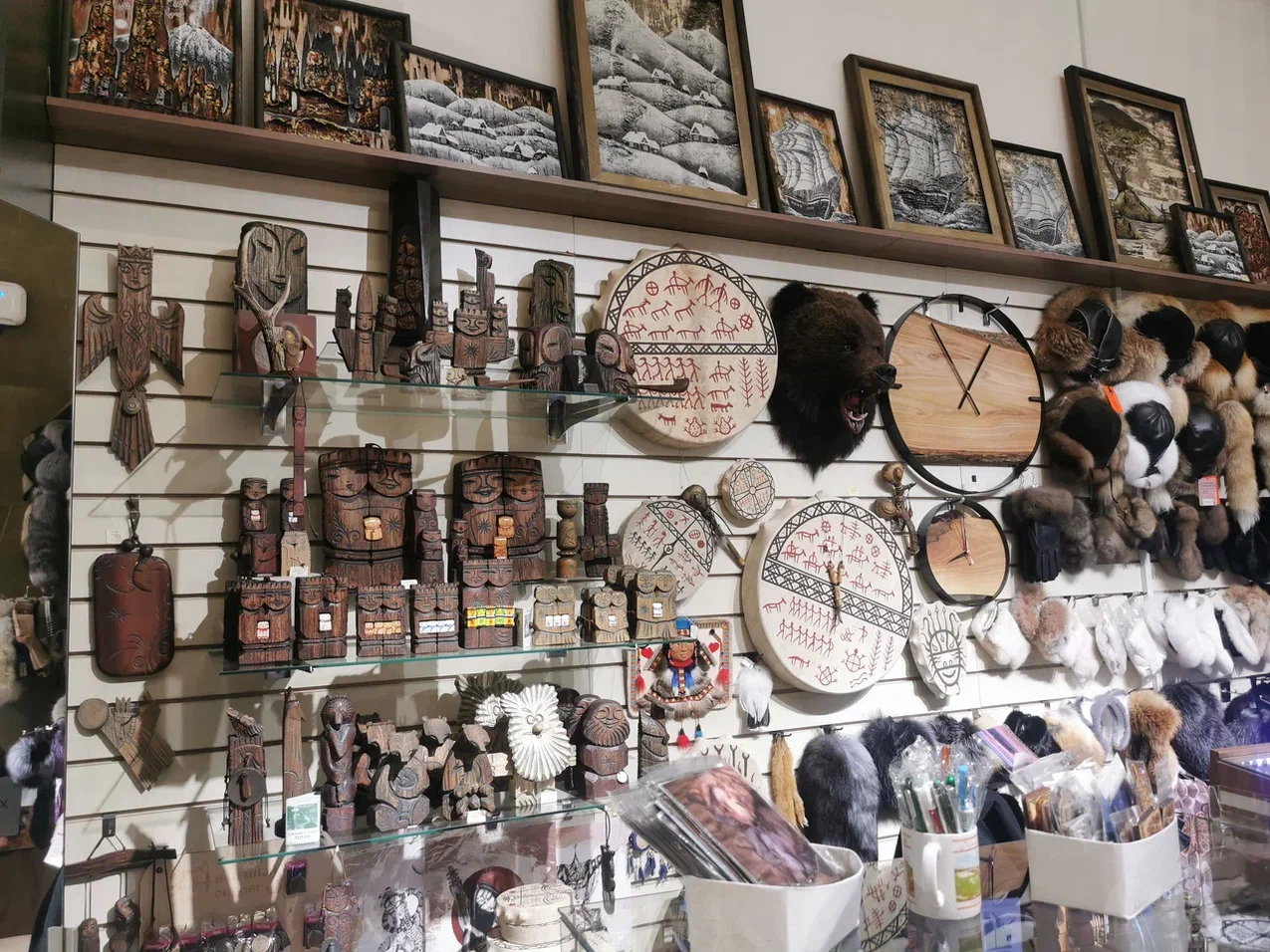|
|
Dr. Kisser
Senior Research Fellow, Arctic Research Center, Museum of Anthropology and Ethnography,
Russian Academy of Sciences
|
Modern culture and crafts, folklore groups, professional art
The Kets themselves distinguish several types of their oral performance. The broadest term is the
asket
, which they compare to Russian fairy tales (Kreinovich 1969: 227; Verner 1993: 19). However, the performers have used this word to designate various types of texts that differed in plot, genre, artistic structure, functions and form of performance (narration, recitation, song). Back in the 1980s, some storytellers identified a special category of folklore under a seemingly similar, but independent name of
aska
(Peoples of Western Siberia...2005: 719).
The topics of Ket myths, stories, legends and fairy tales with mythological plots are the creation and structure of the universe, the emergence of man and his progress, the world of real and mythical creatures, etc. The storytellers use various artistic means to express such important concepts and categories as living vs. dead, positive vs. negative, upper vs. lower, male vs. female, etc. All the main characters of the Ket pantheon are mentioned in these tales (The Ket texts, 1981).
Riddles and improvisational songs were also very popular. The riddles are distinguished by their brevity and expressiveness; they reflect everyday life, work, and nature.
In the early 1990s, the Yenisei-Taimyr musicological expedition of the Union of Composers of the USSR worked in the Turukhansk region. More than a hundred folk songs and instrumentals were recorded. The instruments were the
ikhas
tambourines with metal bells, the
pymyl
wooden, bone and metal mouth harps (
vargan
), the
lakterie
2-3-string violin, the
syuneleys
bone pipe and bird feather whistle, etc. The mouth harp-playing tradition had been preserved among the Kets until the early 2000s, and there were some famous virtuosos. In the folk ensemble at the Norilsk Music School, the best mouth harp players were representatives of the Ket and Selkup youth. Today the skill of playing musical instruments has been lost by the Kets. There are no Ket folk ensembles either. According to Viktor Krivonogov’s research, only 1.1% of Kets over 7 years old can sing songs in the Ket language, another 2.6% in two languages, the rest singing only in Russian (Krivonogov 2003: 89).
In the Ket folklore there is a widespread ancient tradition of individual songs: each Ket has his/her own personal protective songs: a child’s song, usually composed for a newborn by the mother; an adult’s song, composed independently at the time of coming of age, and an end-of-life song, composed by an elderly person in anticipation of death (The Ket folk tales 2006: 12).
The Kets no longer tell their children fairy tales in their native language or sing songs. The last Ket singer was Alexander Kotusov, called the “people’s singer”, one of the last speakers of the Ket language.
The folk creativity is kept up by Haivalam Vakuvagir, a Ket woman from Sulomai. In 2016, she launched her ethnic brand HAIVALAM. She, with a team of designers, creates copper and silver authentic jewelry, casual clothing and accessories inspired by the aesthetics of the Ket culture. She is also developing souvenir production: sun amulets made of beads. Haivalam says that the images of future products come to her in her dreams.

Souvenirs from the Turukhansk region.
Photo by Tatiana Kisser























































